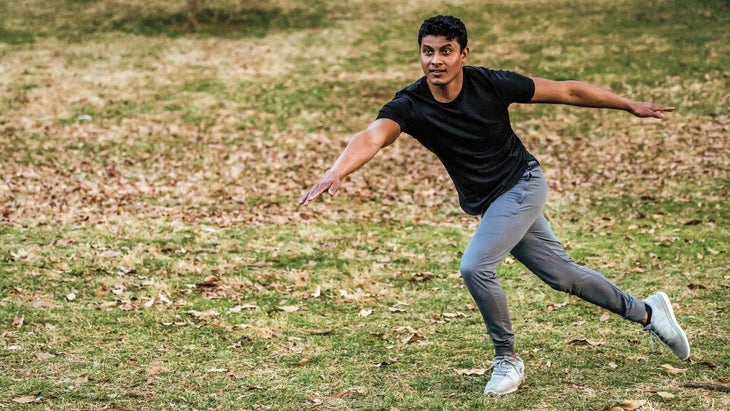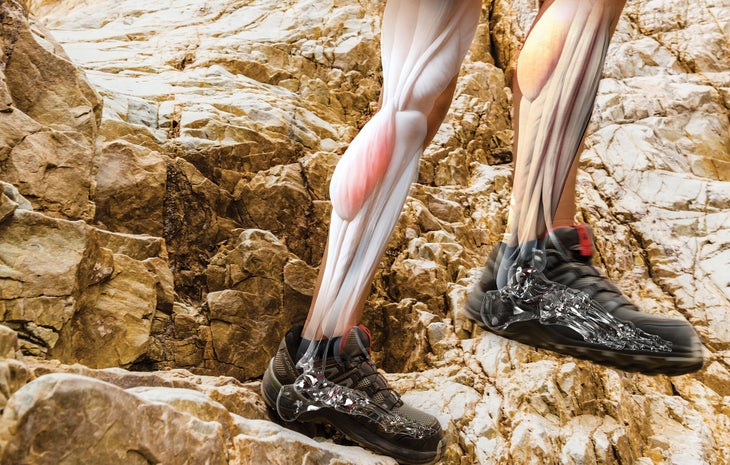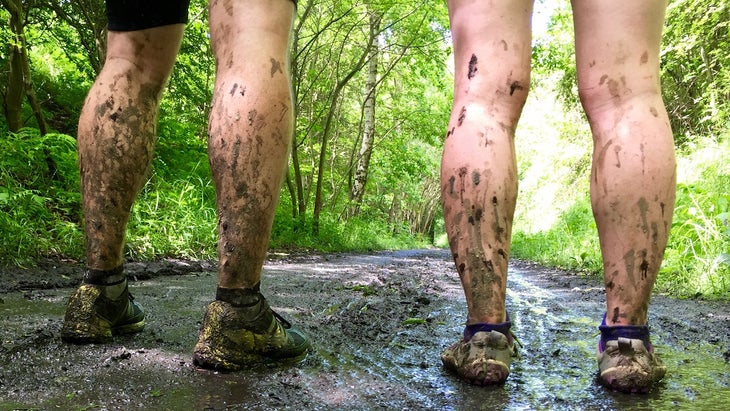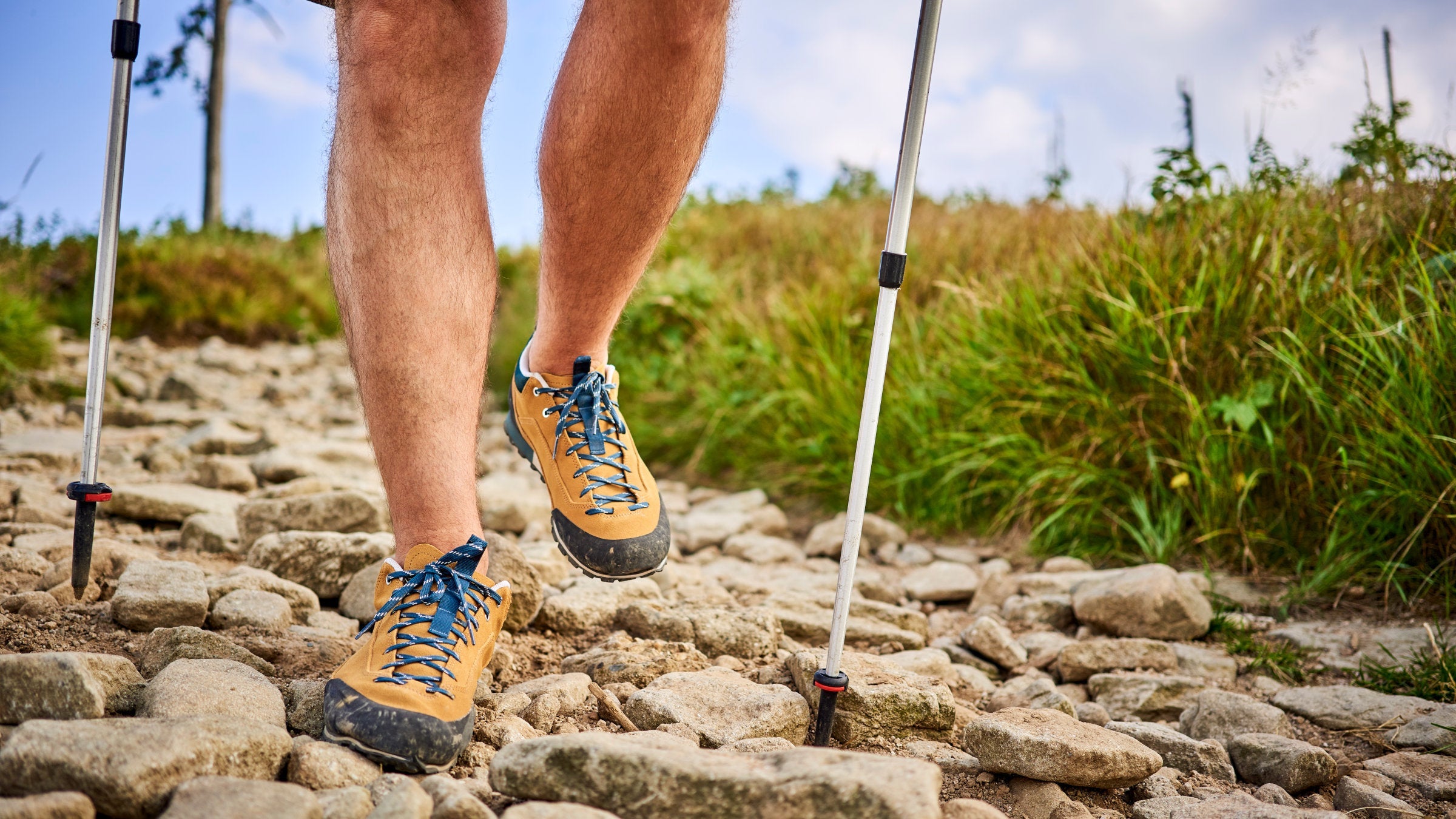No matter where we hike, how long we go for, how (or whether) we train, or how much or little weight we carry, there’s one thing all hikers need: strong legs. On the trail, legs help you keep up the pace, , and maintain your balance on everything from uneven treadpath to tricky creek crossings. Ensuring yours are ready for your next adventure could be the difference between having a fulfilling trip and spending more time thinking about your aches and pains than the scenery.
Need a primer on the science of stems? We’ve collected some of our best writing on it, plus a couple of personal trainer-backed exercises to help you get yours ready to tear up the trail come spring.

The problem with “hiking your way into shape”: Those first couple of trips aren’t much fun. If you’re looking to maximize your trail time, then doing some pre-hike training is one of the best investments of your time that you can make. We’ve collected six of our favorite leg workouts—including an off-the-couch conditioning plan, plus workouts for steeps, endurance, and overnight trips—in one convenient place so you can find the routine that works for you whether you’re starting from zero or trying to take your fitness to the next level.

Of course, getting strong is only half the battle: Leg injuries are an ever-present hazard for hikers, ranging from minor inconveniences like sore feet or quads to season-ending injuries like ACL tears. Learn the anatomy behind your leg pain and get mobility exercises to help you prevent and deal with it in this expert-written primer.

If you mostly spend the colder months on other pursuits, hitting the trail in spring can be a shock to your hammies. These workhorse muscles keep your knees aligned and stable, especially on downhills and uneven terrain, and play a key role in helping to support your pack weight. This three-exercise, three-times-a-week routine is designed to work your hamstrings into shape over six to eight weeks, allowing you to feel more confident tackling your first big trips of the season.

You’ve probably heard the term “trail legs” before; for those of you who aren’t up on your long trail lingo, it’s the state thru-hikers reach where their muscles handle the daily stress of of the trail well enough that they’re able to keep going day after day. Turns out there’s some pretty serious science behind why it happens. In this piece, fitness columnist, personal trainer, and physical therapist assistant Lee Welton went long on how your body adapts when you hike dozens of miles day after day, and whether it’s possible to keep your trail legs after the hike is over. (Spoiler alert: It’s not.)
3 Leg Exercises Every Hiker Should Know
Kickstart your fitness routine with these exercises from ‘s Six Weeks to Trail Fit class, taught by coach and guide Jason Antin
Leg Blasters
Combining several different exercises into one, this circuit is a great base to build your leg conditioning routine around.
Goblet Squats
These modified squats are easy to do with any heavy object from a kettlebell to a dumbbell to a weighted pack.
Walking Lunges
Trail your glutes, hamstrings, and more with this exercise—no weight necessary.


